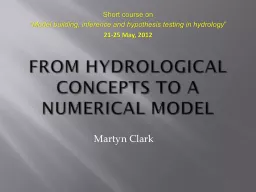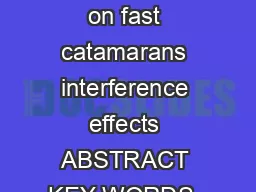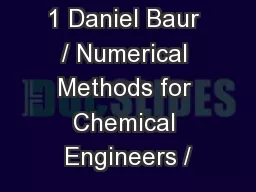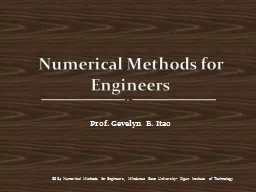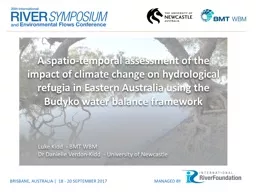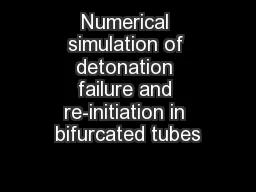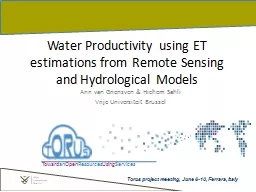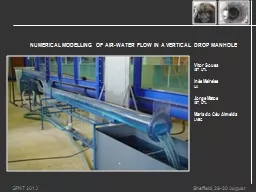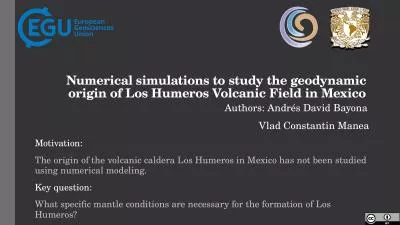PPT-From hydrological concepts to a numerical model
Author : faustina-dinatale | Published Date : 2018-02-18
Martyn Clark Short course on Model building inference and hypothesis testing in hydrology 2125 May 2012 Approach Stick to very simple yet robust numerical methods
Presentation Embed Code
Download Presentation
Download Presentation The PPT/PDF document "From hydrological concepts to a numerica..." is the property of its rightful owner. Permission is granted to download and print the materials on this website for personal, non-commercial use only, and to display it on your personal computer provided you do not modify the materials and that you retain all copyright notices contained in the materials. By downloading content from our website, you accept the terms of this agreement.
From hydrological concepts to a numerical model: Transcript
Download Rules Of Document
"From hydrological concepts to a numerical model"The content belongs to its owner. You may download and print it for personal use, without modification, and keep all copyright notices. By downloading, you agree to these terms.
Related Documents

